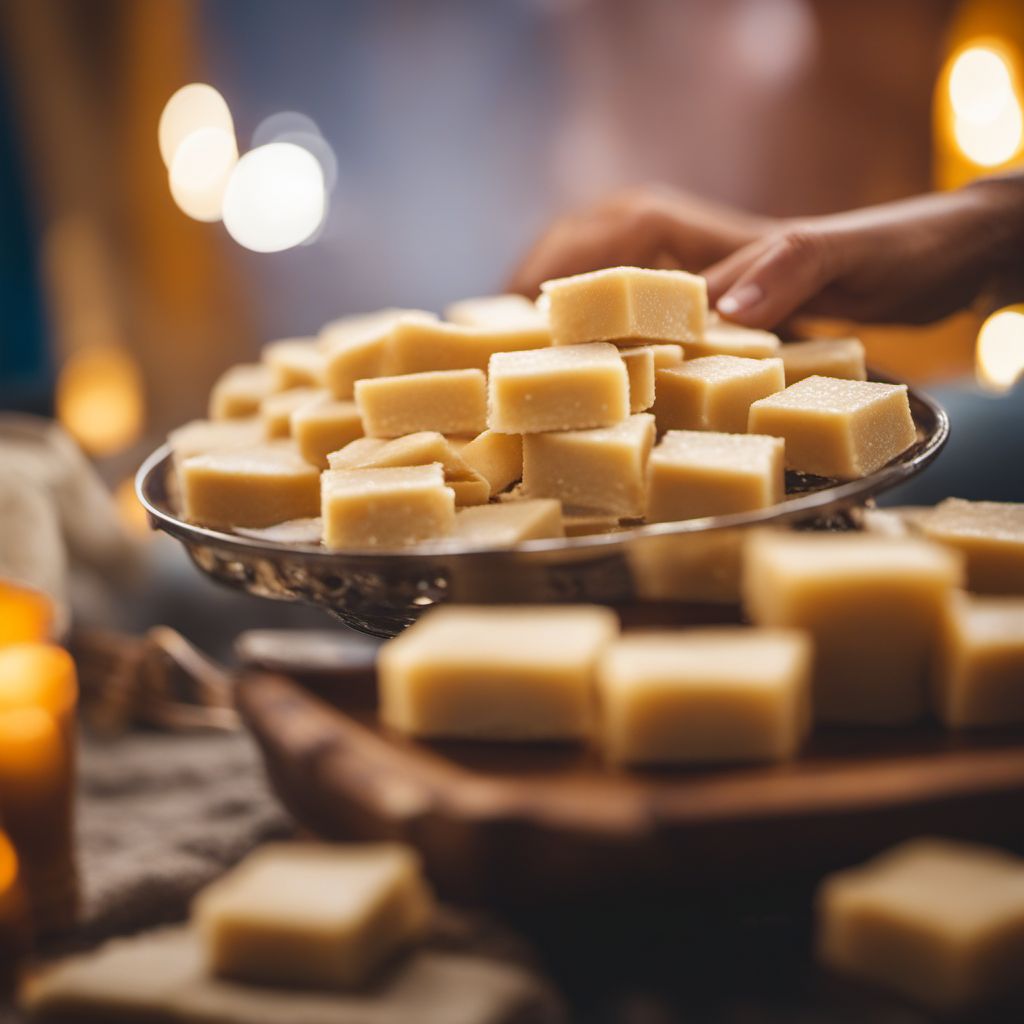
Dish
Kaju katli
Kaju katli is made by grinding cashew nuts into a fine powder and mixing it with sugar syrup and ghee. The mixture is then cooked until it thickens and is poured into a greased tray. Once it cools, it is cut into diamond-shaped pieces. Kaju katli is a high-calorie dish and should be consumed in moderation. It is also rich in protein and fats, making it a good source of energy.
Origins and history
Kaju katli originated in the state of Maharashtra, India. It was first made by the royal chefs of the Maratha empire and was later popularized by the local sweet shops. Today, it is a popular sweet dish across India and is often served during festivals and special occasions.
Dietary considerations
Not suitable for people with diabetes or those on a low-carb diet. Not recommended for people with nut allergies.
Variations
There are many variations of Kaju katli, including rose-flavored Kaju katli, saffron-flavored Kaju katli, and chocolate Kaju katli. Some recipes also call for the addition of cardamom or pistachios to enhance the flavor.
Presentation and garnishing
Kaju katli can be garnished with chopped nuts or silver foil to enhance its presentation. It is often served in small diamond-shaped pieces on a plate or in a box.
Tips & Tricks
To make Kaju katli, it is important to use good quality cashew nuts and ghee. The sugar syrup should be cooked until it reaches the right consistency to ensure that the Kaju katli sets properly. If the mixture is too dry, add a little bit of milk to make it more pliable.
Side-dishes
Kaju katli is usually served as a standalone dessert or snack. It pairs well with a cup of hot tea or coffee.
Drink pairings
Kaju katli goes well with a cup of hot tea or coffee.
Delicious Kaju katli recipes
More dishes from this category... Browse all »

Aamras
Indian cuisine
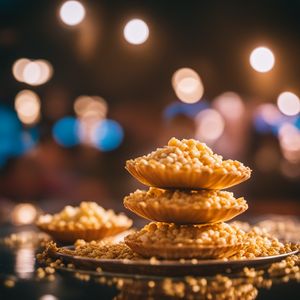
Aasmi
Indian cuisine

Agra petha
Indian cuisine

Aiyùbīng
Taiwanese cuisine

Ajdnek
Slovenian cuisine
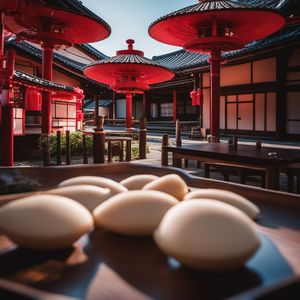
Akafuku
Japanese cuisine
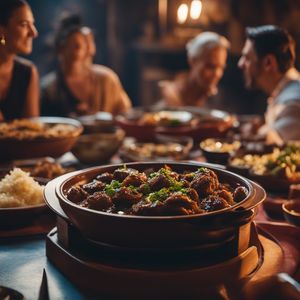
Akanés
Greek cuisine
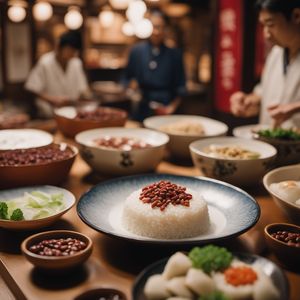
Akumaki
Japanese cuisine
More cuisines from this region...
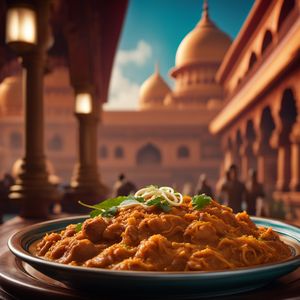
East Indian cuisine
Spicy and tangy flavors, Uses a lot of herbs and spices (mustard seeds, cumin, coriander), Uses a lot of fish and seafood which give it a unique flavor
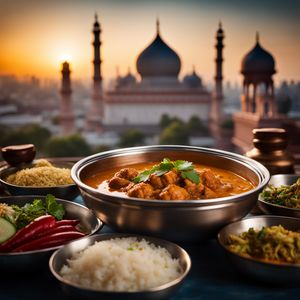
North East Indian cuisine
Spicy, Tangy, Flavorful, Unique
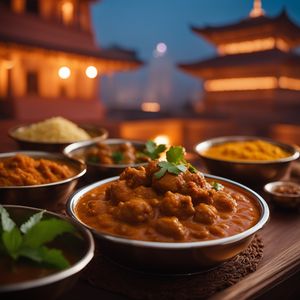
North Indian cuisine
Spicy, Tangy, Aromatic, Sweet, Uses a lot of oil and ghee

Other Indian cuisine
Spicy, Tangy, Sweet, Sour, Pungent
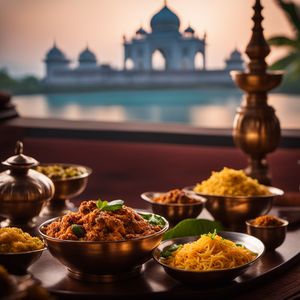
South Indian cuisine
Spicy, Tangy, Sweet, Savory, Aromatic

West Indian cuisine
Spicy, Bold, Tangy, Sweet, Savory

